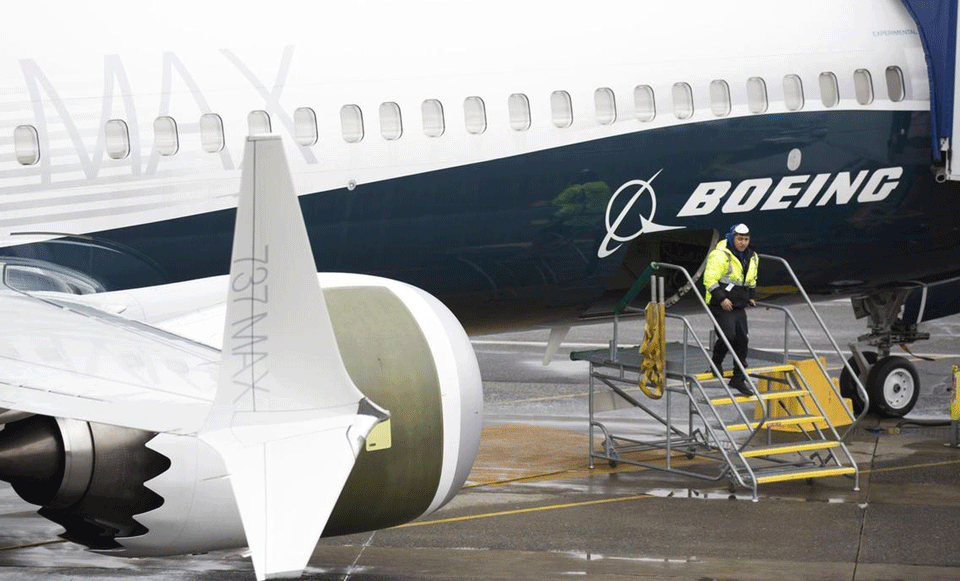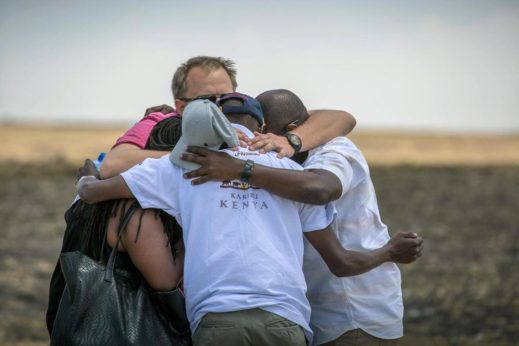
Unable to resist the demands of the public, the airline workers, congressional leaders on both sides of the aisle, former U.S. regulators and safety officials, and the nations of the rest of the world, Trump and the Federal Aviation Administration finally grounded Boeing 737 Max 8 and 9 jets.
Sara Nelson, president of the Association of Flight Attendants-CWA, called the grounding “good news,” adding, “Lives must always come first.”
She warned, however, in a statement today, that “a brand is at stake as well and that brand is not just Boeing. It’s America.”
Nelson was referring to the U.S. as the country that “has set the standard for safety and competence and honesty in the management of aviation.”
The rest of the world, it seems, may have already concluded those days are over. The Ethiopians refused FAA demands that the black box from the doomed flight there be sent to the U.S. for analysis. They opted instead to send the box to European regulators. The Ethiopian decision is not at all surprising considering what is going on amongst Boeing, the Trump administration, and the FAA.
On Tuesday morning, Boeing’s chief executive, Dennis Muilenburg, had phoned Trump to tell him the planes were fine. Muilenburg was no stranger to the president; his company wrote a $1 million check to the 2017 Trump inaugural committee, a body which is itself under investigation over questions about where all the donations it solicited eventually ended up.
The New York Times on Tuesday reported that as many as 1,000 FAA inspectors are Boeing employees. This is because the Trump administration has stepped up the practice of outsourcing government inspections to private companies, allowing them to essentially inspect themselves. That situation, of course, makes Muilenburg’s promise to have Boeing cooperate with FAA inspectors a relatively easy one to keep.

The cozy arrangement between Boeing and government inspectors is similar to arrangements the chicken processing industry has with the government which allows company managers to inspect their own chickens. That deal was struck, over union objections, during the Obama administration and was one Obama deal that Trump has left in place.
The crash of the Ethiopian plane happened only minutes after it took off, killing all 157 on board. Last October, the same model 737 crashed in Indonesia under very similar circumstances, killing 189 passengers and crew.
Daniel Elwell, the acting director of the FAA (acting because Trump has left many top government posts unfilled), tried to cover up the fact that his agency, with its close ties to Boeing, had dragged its feet on ordering the shutdown. “Since the accident, we were resolute in our position that we would not take action until we had data to support taking action. That data coalesced today, and we made the call.”
The two deadly crashes, the warnings from pilots that the aircraft were not safe (incident reports on malfunctions written by at least two of them), pleas from the workers who operate the aircraft and attend the flights, and the grounding of planes by the rest of the world were all apparently not enough data for the Boeing-friendly FAA to act. Elwell says what finally moved him was satellite pictures of what was obvious to people standing on the ground the day of the second crash—pictures that show disturbing similarities in flight trajectory between the first and second crashed planes.
After the first crash in Indonesia six months ago, pilots’ unions started complaining that they had not been made aware of changes or trained in the flight control systems aboard the new model of aircraft. Boeing says it had been planning to roll out a software update on those systems in April, a full month after the second crash that took place last Sunday.
On Thursday, the Times reported that Rep. Peter DeFazio, Democrat of Oregon and chair of the House transportation committee, is starting a probe into the FAA’s certification of the 737 Max 8. “This warrants serious investigation,” he said.










